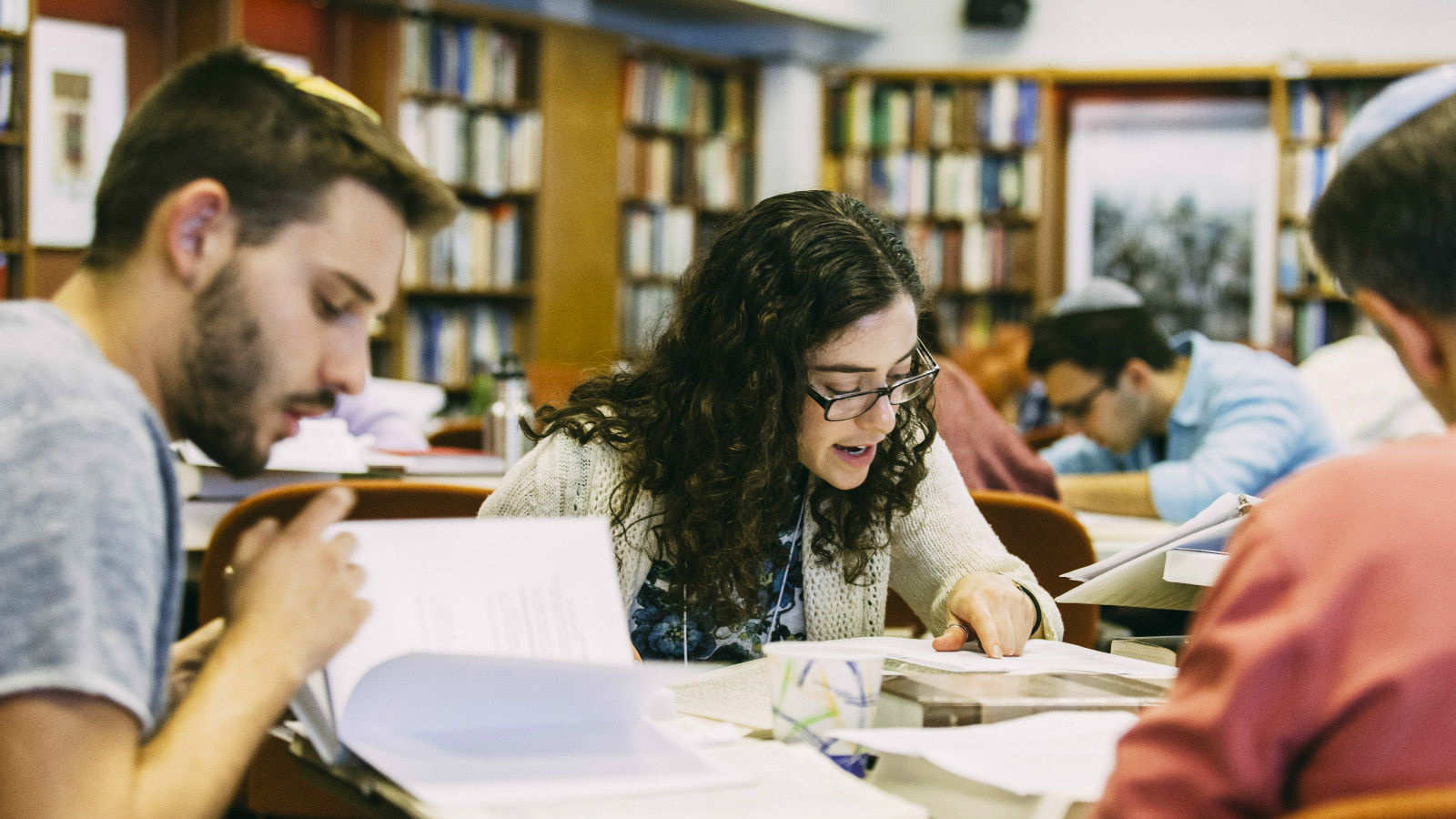From its earliest days, Judaism viewed the Tanakh (Hebrew Bible) as the rule book for Jewish ritual and civic behavior. But even before the close of the biblical period (roughly 515 BCE), there emerged a system of interpretation and application for these laws, which were often communicated by the Tanakh in only the most general terms. Over time these interpretations, rulings, and teachings came to be called , from the Hebrew word for “walking” and “path.”
It was not until Rabbi Judah Ha-Nasi and his rabbinic colleagues redacted the Mishnah in the late second century CE that much of this “Oral Torah” came to be organized and written down. Over the next four- to five-hundred years the rabbis created and developed the classical forms of thinking and its source texts: the Mishnah, Midrash Halacha, Tosefta, and . By the late sixth or early seventh century CE, the final redaction of the Babylonian Talmud was complete.
The Geonic period, named after the Geonim, the heads of the rabbinic academies in Babylonia, followed. During this time Babylonia was the spiritual and political center of Diaspora Jewry, and Jewish communities looked to the Geonim for authoritative teachings on halachic matters. Under the leadership of Geonim such as Rabbi Yehudai, R. Amram, R. Saadia, R. Samuel ben Hophni, R. Sherira, and R. Hai, the Babylonian Talmud became the primary authoritative text for deciding halachic matters. The Geonim and their colleagues were also responsible for the explosive growth of other distinctive genres of halachic literature, namely Perushim & Hidushim (talmudic commentaries and novellae), She’ilot u’ Teshuvot (responsa), and codes.
The first of these genres, Perushim & Hidushim, continued the work of interpreting the earlier Talmudic literature. Perhaps the most famous example of this is R. Aha’s Sefer ha-She’iltot (Book of Questions), an eighth-century collection of halachic interpretations arranged in the order of the weekly Torah portions.

Help us keep Jewish knowledge accessible to millions of people around the world.
Your donation to My Jewish Learning fuels endless journeys of Jewish discovery. With your help, My Jewish Learning can continue to provide nonstop opportunities for learning, connection and growth.
By the time of the Geonim, halachic literature had become so prolific and complex that many rabbis found it increasingly difficult to master all the necessary material. In response, the first attempts were made to codify, or at least organize, the growing body of halacha into a more convenient form.
The earliest example of this was Yehudai ben Nahman’s Halachot Pesukot (Decided Laws), which was organized both by topic (e.g. holiday laws, contracts, etc.) and by talmudic tractate. In addition, Yehudai ben Nahman innovated the notion that he would include only laws that were still operative in his day, omitting laws connected to the Jerusalem Temple that had been destroyed by the Romans in 70 CE. Nearly a century later, Halachot Gedolot (The Great Laws) was published, attributed by many to R. Simeon Kayyara of Basra, which was arranged by the order of the Talmud but also summarized talmudic passages and offered halachic decisions on a wider range of topics than had been covered by Halachot Pesukot.
Perhaps the most significant contribution by the Geonim to halachic literature was their writing and dissemination of responsa throughout the Jewish world. Like halachic codes, responsa are intended to decide matters of Jewish law, but whereas codes by definition are generalized and more abstract, responsa represent the individualized halachic decision of a posek (halachic decisor) addressed to specific questions. Over the generations, as more responsa have been written and published, a body of Jewish case law has developed analogous to the common-law case law of other legal systems.
By the close of the Geonic period, the spiritual center of world Jewry had shifted away from Babylonia and towards communities spread throughout North Africa and Europe, and a new period of creative evolution of halacha was beginning. The distinctive stamp of the Geonim, however, continues to be felt to this day.
Torah
Pronunced: TORE-uh, Origin: Hebrew, the Five Books of Moses.

Help us keep Jewish knowledge accessible to millions of people around the world.
Your donation to My Jewish Learning fuels endless journeys of Jewish discovery. With your help, My Jewish Learning can continue to provide nonstop opportunities for learning, connection and growth.




